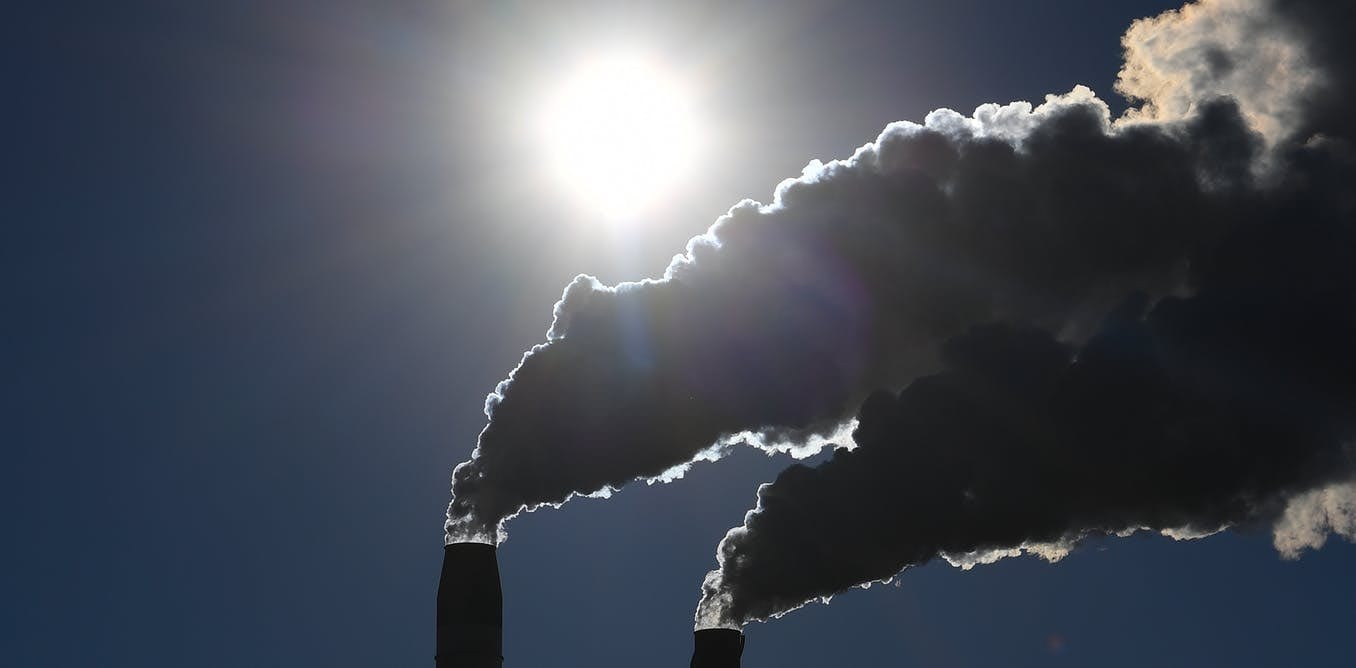In short
The industry sector covers Australia’s 250 largest emitting companies across the Electricity, Mining, Oil and Gas, Manufacturing, Transport and Waste industries.
- Collectively, these companies account for 60% of Australia’s emissions, covered by the government’s Safeguard Mechanism scheme.
- While electricity emissions have fallen, industry emissions (excluding electricity) have risen to 60% cent above 2005 levels behind increases in the Oil & Gas (621% increase), Road Transport (122%), Aviation (54%) and Mining (41%) sectors.
Emissions from the industrial sector will surpass electricity as Australia’s largest emitting sector in 2023-24, with companies free to increase their ‘emissions baselines’ under the government’s Safeguard Mechanism scheme.
- In this Outlook, we review covered emissions under the Safeguard Mechanism framework, and provide updated analysis of activity in the carbon spot market, including our long term carbon price, supply and demand forecasts to 2030, and alternative 1.5-2 degree price pathways under the Paris Agreement.
Industry emissions are at record high
Relative to 2005 emissions levels (the base year for Australia’s 2030 target), the Land Use, Electricity and Waste sectors are on track to meet Australia’s economywide goal of a 26 per cent reduction in emissions, reaching -111 per cent (Land use) -34 per cent (Electricity), and -26 per cent (Waste) on 2005 emissions levels by 2030.
However, emissions reductions in these sectors are projected to be offset by emissions growth elsewhere in the economy – specifically by large facilities covered by the government’s Safeguard Mechanism – with emissions projected to dramatically increase for the Oil and Gas (627 per cent increase on 2005 levels by 2030), Road Transport (122 per cent increase), Aviation (54 per cent increase) Mining sectors (41 per cent increase).
Covered emissions from the Oil and Gas category are underpinned by LNG projects such as Chevron’s Gorgon and Wheatstone, INPEX’s Ichthys and Shell’s Prelude. Activity emissions are driven by fugitive emissions from flaring of methane gas and venting of carbon dioxide released from gas reservoirs associated with LNG production.
The Oil and Gas sector also triggers direct combustion emissions attributed to LNG production, and coal mining, such as the extraction, production and processing of LNG to export gas to processing facilities.
The elephant in the room – the safeguard mecahnism
As noted in earlier updates, the Safeguard Mechanism (excluding the electricity sector) remains the elephant in the room for Australian legislators, with emissions covered by the scheme growing from 89 Mt in 2005 to a high of 142 Mt in 2019 (60 per cent above 2005 levels).
By 2030 safeguard emissions are projected to be 187 Mt, or 110 per cent above 2005 levels, with emissions increases in almost all major categories.
As we enter the first year of the Paris Agreement compliance period, large-scale emissions growth from industry is therefore in conflict with Australia’s Paris commitments, particularly any new long-term emissions reduction target ahead of November’s UN climate summit.


The Safeguard Mechanism covers greenhouse gas emissions from Australia’s largest emitting facilities (emitting more than 100,000 tonnes of CO2-e per annum), extending to 450 facilities (around 260 businesses) in the Electricity, Mining, Oil and Gas, Manufacturing, Transport, and Waste sectors.
In 2019, these facilities accounted 60 per cent of Australia’s total emissions, with the electricity sector contributing one-third (33 per cent) of national emissions, and the industrial sectors contributing one-quarter (26 per cent).
By 2030, these facilities are projected to account for 62 per cent of Australia’s total emissions – with the industrial sectors contributing 37 per cent of all emissions, and the electricity sector 25 per cent.
Under this trajectory, industrial sector emissions are projected to surpass electricity as Australia’s largest emitting segment in 2023-24, with no obligation on large companies to reduce, or offset, emissions growth.
Under the current design of the Safeguard Mechanism, facilities are issued an “emissions baseline”. Rather than decline over time, baselines are set in line with forecast production and emissions intensity, and may be updated annually to reflect actual production.
In October 2019, the government appointed an expert panel to review the Emissions Reduction Fund (ERF) and safeguard mechanism framework, seeking to examine opportunities for further abatement and options to enhance the ERF.
The review is expected to report in the first half of 2020, with the government also considering a new long-term emissions reduction target ahead of November’s UN climate summit.
This is an extract from RepuTex’s Carbon Quarterly Outlook (Q3 FY19-20). RepuTex’s Carbon Quarterly provides analysis of developments impacting the Australian carbon market and market-related factors including our supply and demand forecasts, and long-term carbon price scenarios under the Paris Agreement.
To access its full Carbon Quarterly, including long term carbon price, supply and demand forecasts, please click here. Established in 1999, RepuTex is Australia’s leading provider of modelling services for the Australian electricity, renewable energy and emissions markets.










